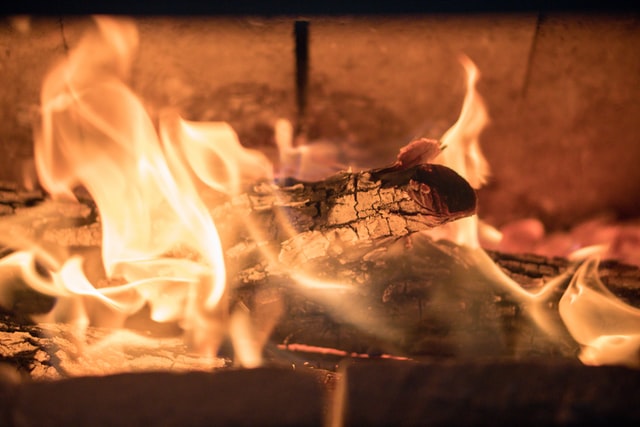Salvaged firewood or other scraps can save you a lot of money when it comes to heating your home with wood in your fireplace. But there are certain wood products and other items that you should avoid for health and safety reasons.
Many of these will produce hazardous fumes indoors, as well as chimney emissions that would be an environmental concern. Some also pose additional risks to your stove metals or can create a hazardous build-up of creosote in your chimney.
Additional Information
- Painted or varnished wood, trim or other wood by-products
- Pressure-treated lumber – due to the treatment compounds
- Driftwood – salt water driftwood contains some amount of salt which is corrosive. When heated, corrosion is accelerated, and toxic fumes are produced. Freshwater driftwood may contain silt and gravel.
- All engineered sheet goods because of the glue compounds used in the layering process, including but not limited to:
- Plywood
- Particle board
- Pressboard
- Orientated Strand Board (OSB)
- Medium Density Fiberboard (MDF)
- Greenwood – wood that is not dry will not produce any heat, you’ll be just trying to dry it in your stove. It will produce a lot of smoke and creosote.

While burning untreated, unpainted wood may not raise environmental red flags, it isn’t good for your wood stove. Each of the processes that harvested lumber undergoes to become lumber, from transporting to milling and drying, introduces corrosive chemicals to the wood fibers. For example, many logs are floated in salt water and retain salt in their fibers. Moreover, milled lumber may be soaked in polyethylene glycol make it dry faster. The high heat in a wood stove turns these chemicals into acids that eat their way through stovepipes, metal baffles and other internal components of the stove, according to The Chimney Sweep Online.
IndoorDoctor can test your air to quantify harmful chemicals in the air associated from improper burning of wood.
More information can be found at the following links:
http://housewares.about.com/od/heatingproducts/qt/bestburnwoods.htm
http://homeguides.sfgate.com/hazards-burning-old-wood-fireplace-68733.html






